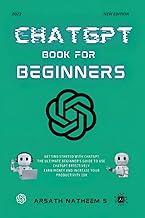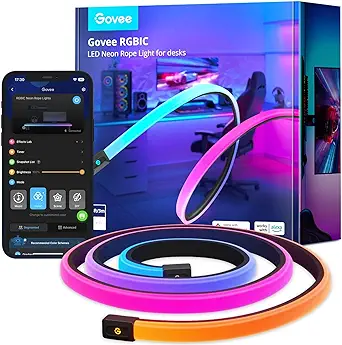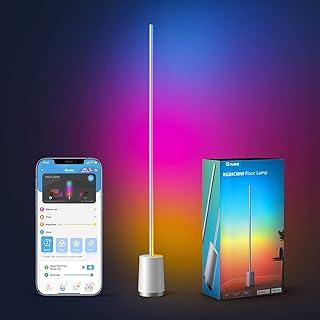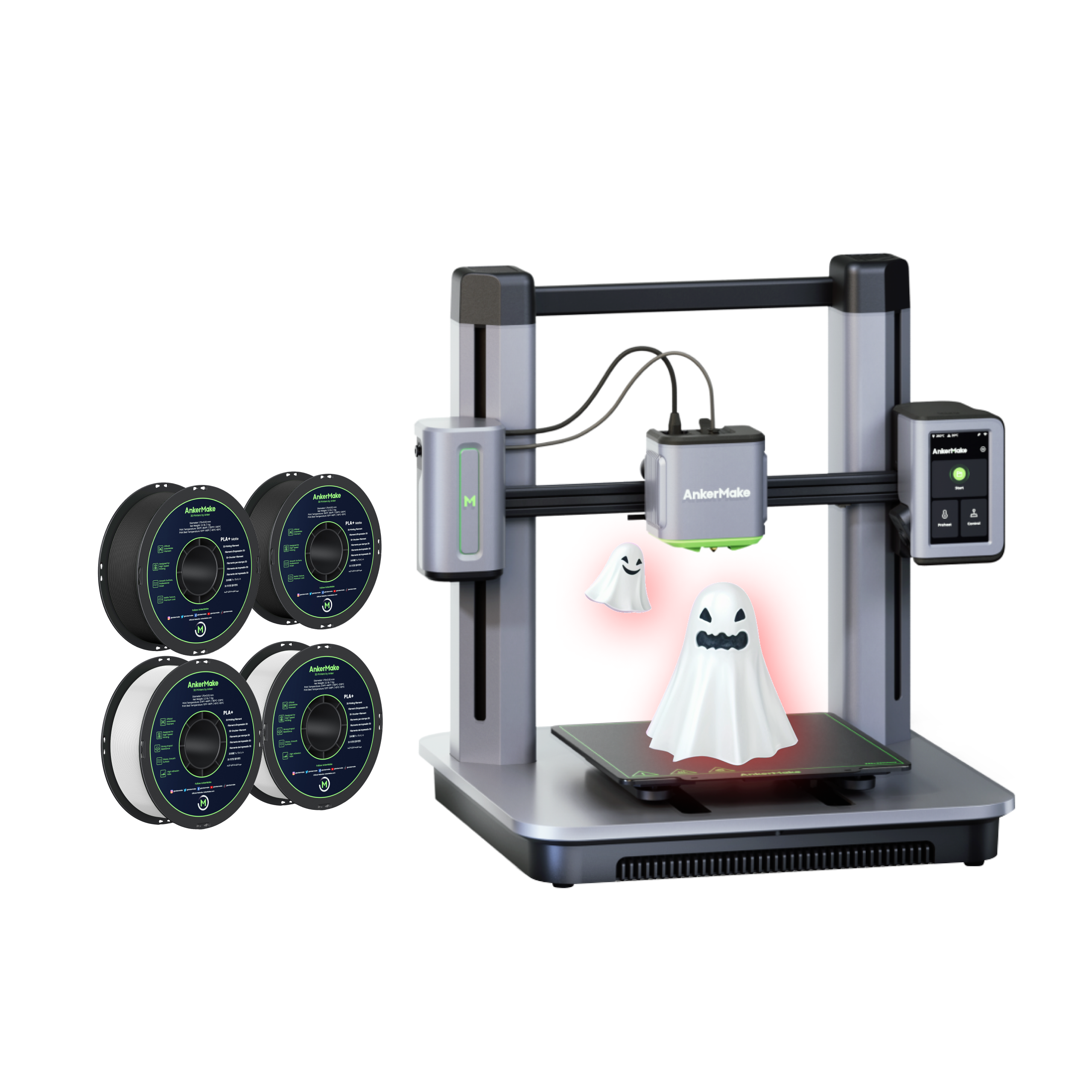Hacking AirPods for Greater Accessibility
The DIY Revolution
In a world where technology is often a double-edged sword, the DIY movement is carving out spaces that challenge conventional limits. Many tech enthusiasts are now exploring ways to transform standard gadgets into powerful, accessible solutions. One compelling example is the effort to repurpose Apple’s AirPods as hearing aids. As a conversation starter among geeks around the globe, this trend not only pushes the boundaries of innovation but raises questions about ethics in tech hacking.
The Need for Affordable Hearing Solutions
Cost Comparison
Consider the cost of traditional hearing aids, which can set someone back anywhere from ₹50,000 to ₹8,00,000. This steep barrier often leaves people without access to necessary auditory assistance. As one piece of research notes, “Apple advertises their hearing aids as capable of recovering hearing up to 60dB HL.” Many are left pondering whether their technological options could extend beyond commercial solutions—ones that come with a far friendlier price tag.
Accessibility Challenges
Accessibility isn’t just a buzzword; it’s a vital component of a fair society. Many users have shared their struggles in acquiring traditional hearing aids, fraught with bureaucratic hurdles and exorbitant costs. Through technology, we can seek to bridge these gaps, offering a more equitable life for those in need.
Unpacking the AirPods Hack
What Is the AirPods Hearing Aid Feature?
The AirPods Pro 2 has drawn attention for its advertised capability to enhance hearing. This feature has the potential to serve as a makeshift hearing aid, making it appealing for those searching for affordable alternatives.
Geo-restrictions on the Feature
Yet, as with many innovations, limitations exist. The hearing aid feature is only accessible in select regions. This restriction adds an extra layer of frustration for users in places like India, who find themselves excluded from life-changing technology. As one frustrated user aptly stated, “This feature is, as far as we can tell, restricted to users who are residents of…” It’s disheartening when the right tools aren’t available for those who need them the most.
The Technical Breakdown
Overview of the Hacking Process
So, how does the hacking process work? The essence lies in bypassing Apple’s restrictions, enabling AirPods to be used as functional hearing aids. A brave endeavor rooted in curiosity and necessity.
Tools and Techniques Used
One approach involves constructing a Faraday cage to isolate signals, ensuring easier manipulation of radio frequencies. To add a twist, hacking enthusiasts are using ESP32 devices and Wi-Fi triangulation to spoof their locations, making it appear that users reside in the necessary regions where the feature is enabled.
Challenges and Solutions
However, hurdles are part of any good hack. During the process, users faced issues such as certificate pinning and location verification. But the resilience of the tech community shone through, with clever workarounds developed to overcome these obstacles.
Community Experiences and Feedback
Positive Outcomes and Testimonials
The hack has yielded encouraging stories. Individuals have shared heartfelt testimonials about how the hack improved their quality of life, leading to a flourishing online community proud of their accomplishments. Empowerment is now synonymous with these grassroots efforts, as families rejoice in newfound accessibility.
Community Involvement
Driven by shared experiences, some in the community are organizing workshops and camps aimed at helping others access these innovative solutions. One participant remarked, “We think everyone should have access to this tech…”. This cooperative spirit unveils the foundational joy in geek culture—creating, sharing, and building together.
An Eye to the Future
How DIY Hacks Can Inform Innovation
As we step back to evaluate these grassroots engineering feats, it’s clear they serve as a template for commercial enterprises. DIY hacks highlight areas where corporate technology may fall short. By showcasing necessity-driven innovation, we may spark larger industry changes.
Ethical Considerations
Yet, as with any impactful movement, we must also consider ethics. Bypassing corporate restrictions raises questions concerning intellectual property and the moral obligations of individuals versus corporations. As we dive deeper into this tech revolution, addressing these concerns remains crucial.
Validating Innovation in Accessibility
The journey into hacking AirPods into functional hearing aids is both fascinating and necessary. It encapsulates the spirit of innovation alongside a thoughtful critique of accessibility. As we explore the possibilities, let us engage in this dialogue responsibly, fostering inclusive solutions for everyone, regardless of financial capability.
References and Further Reading
- Hacking AirPods for Hearing
- “Hearing Aids typically cost anywhere from ₹50,000 to upwards of ₹8L depending on the correction capability.”
- “This feature is…restricted to users who are residents of…”










